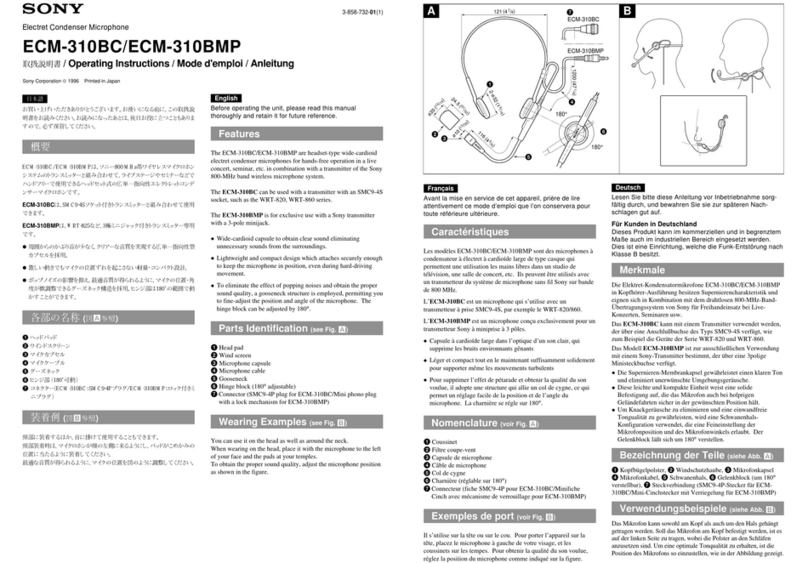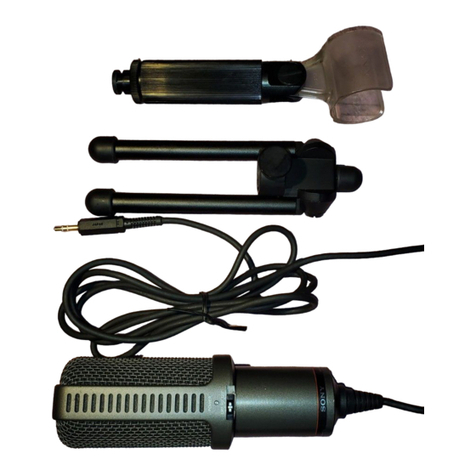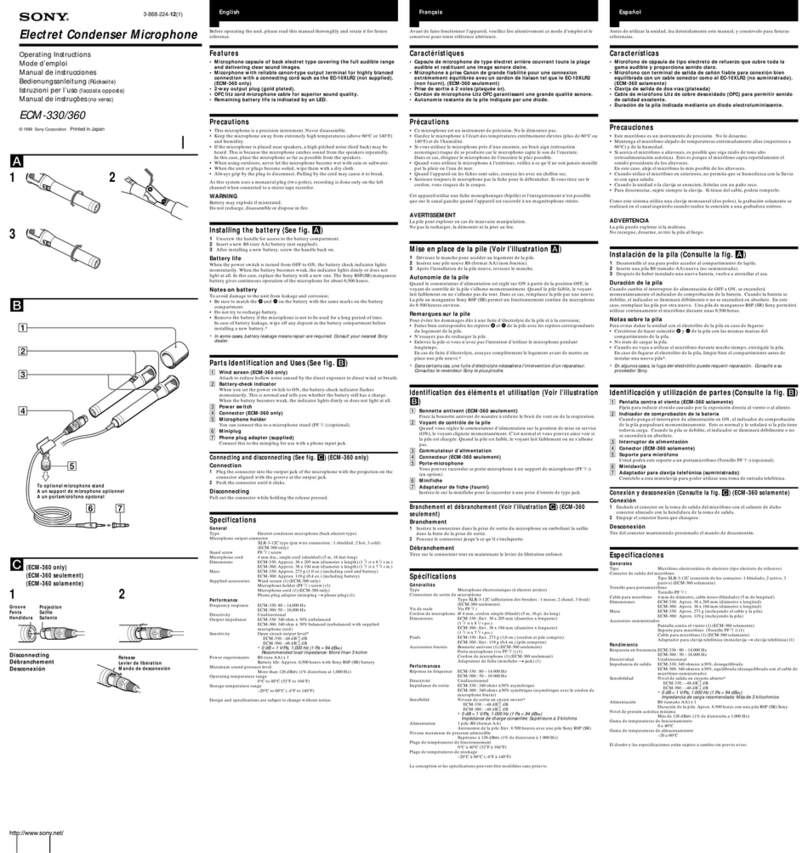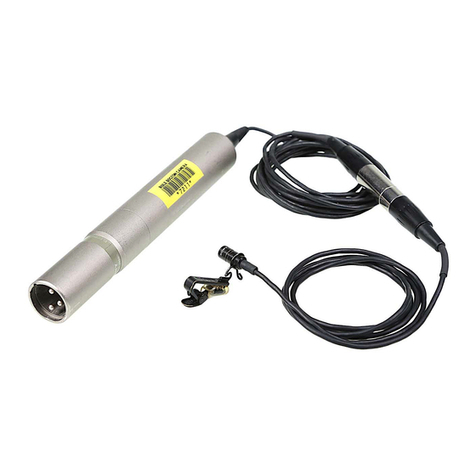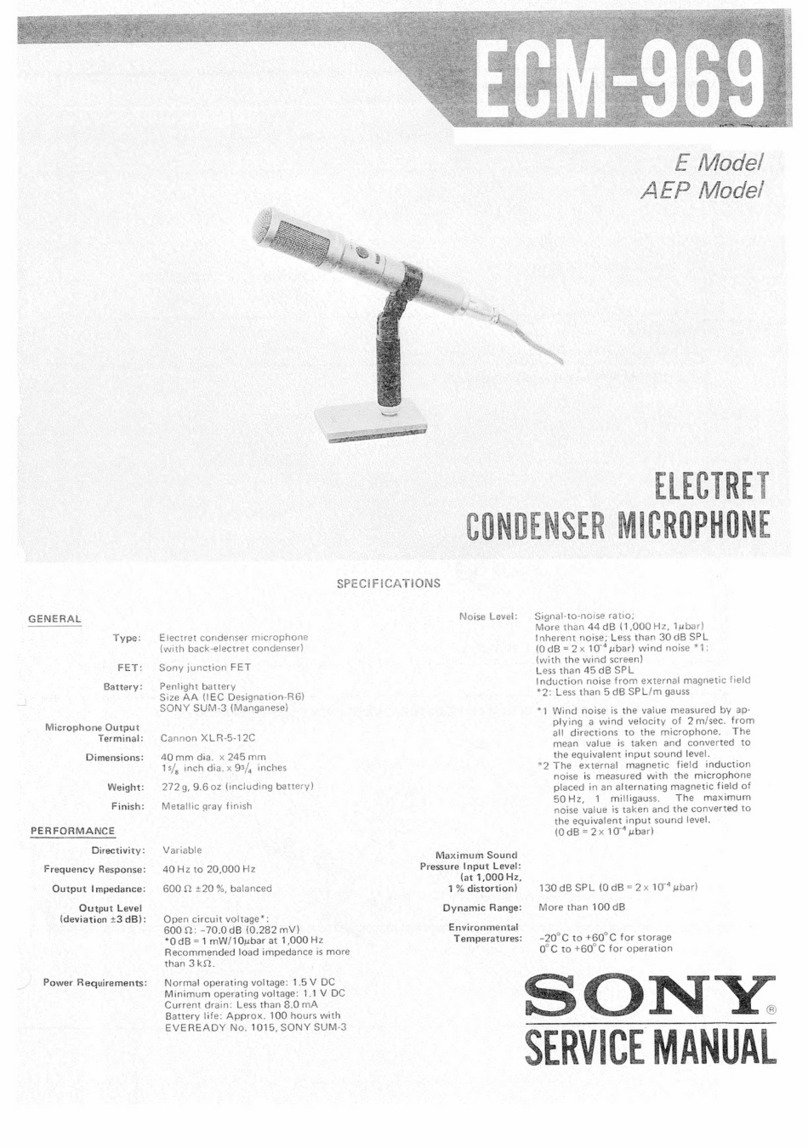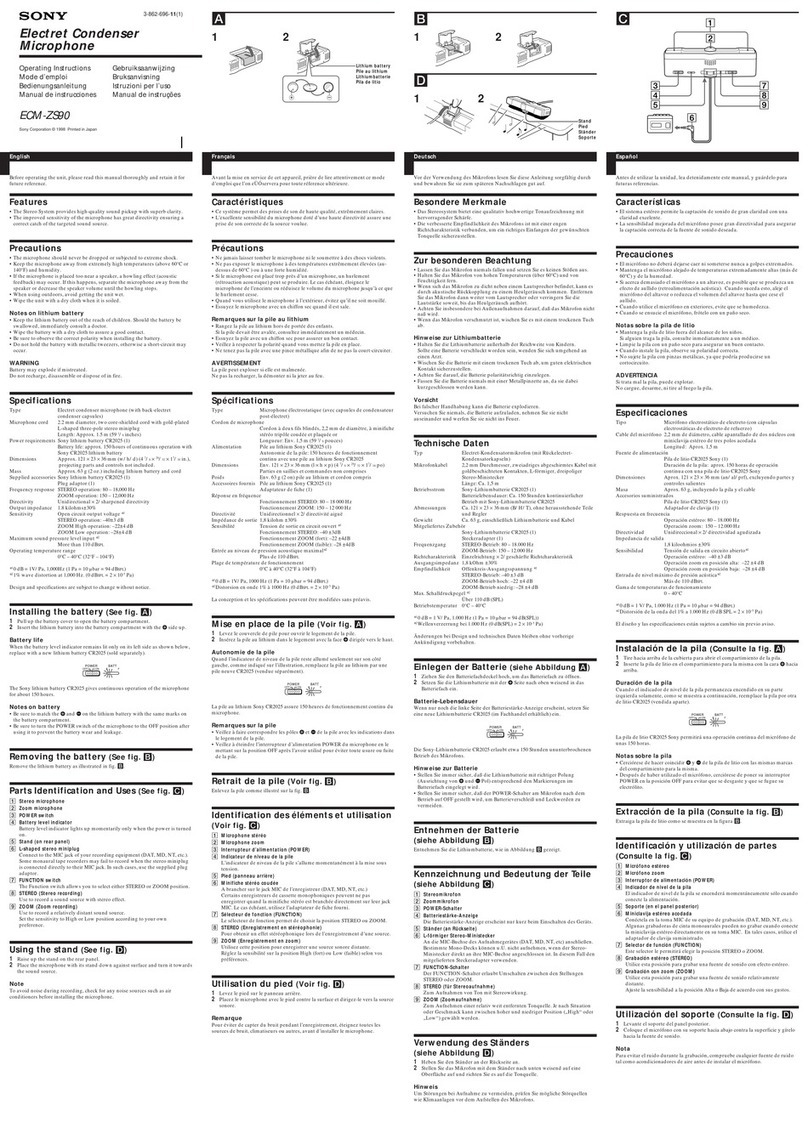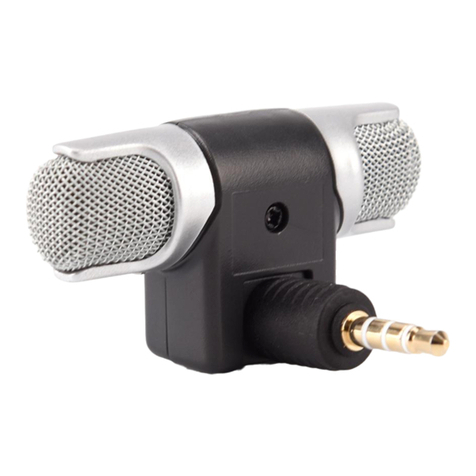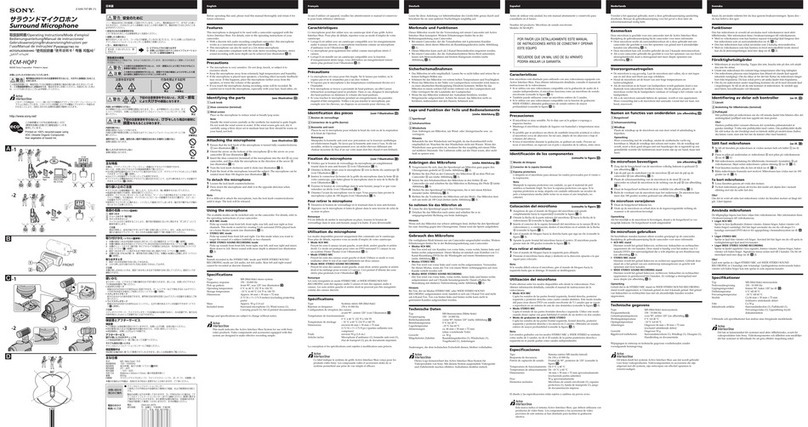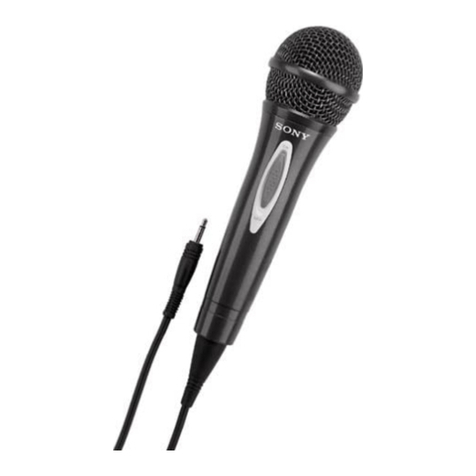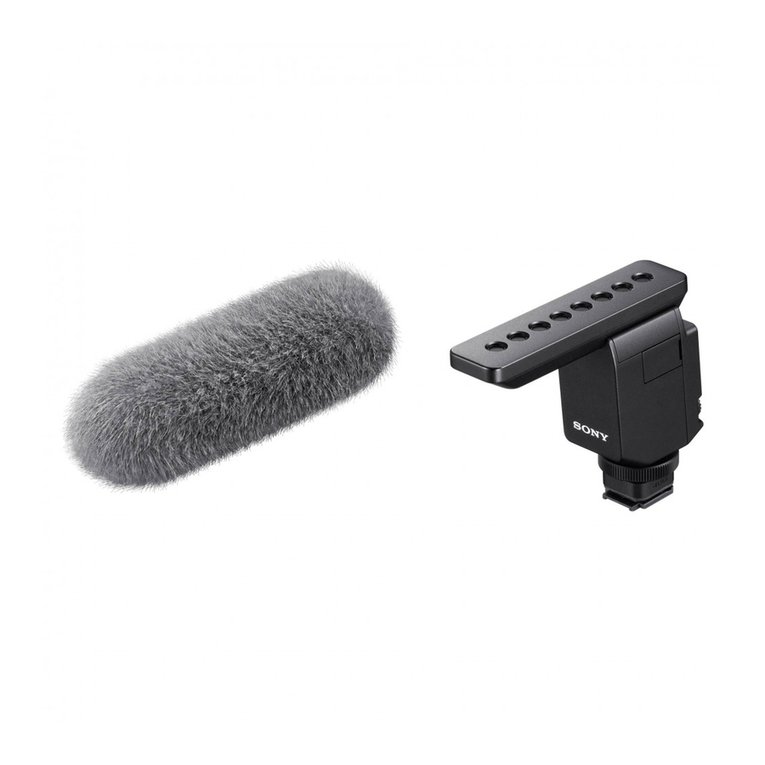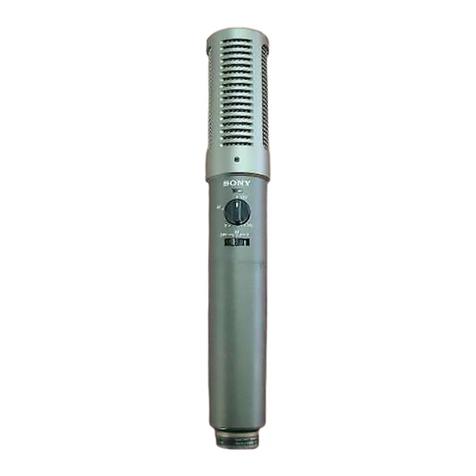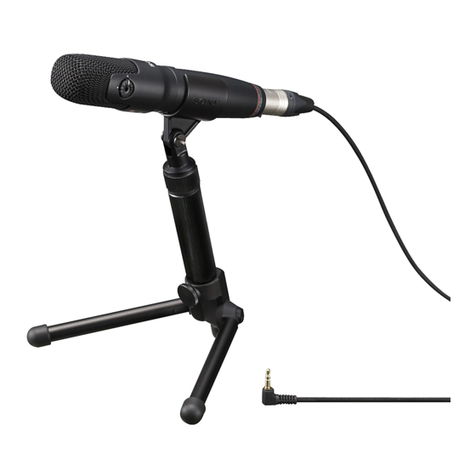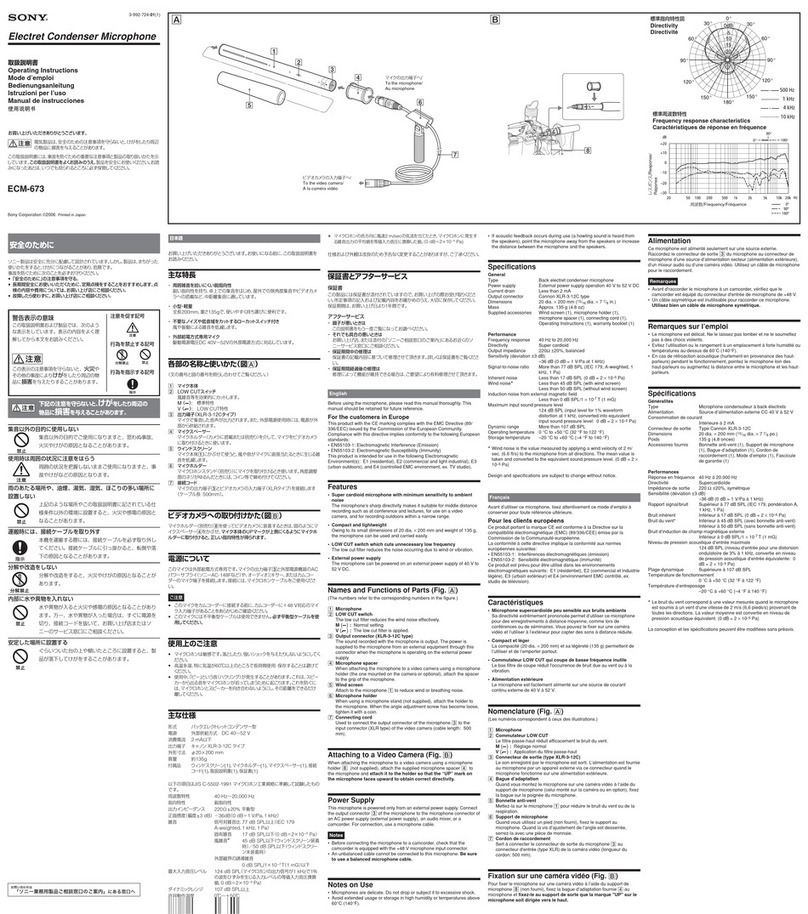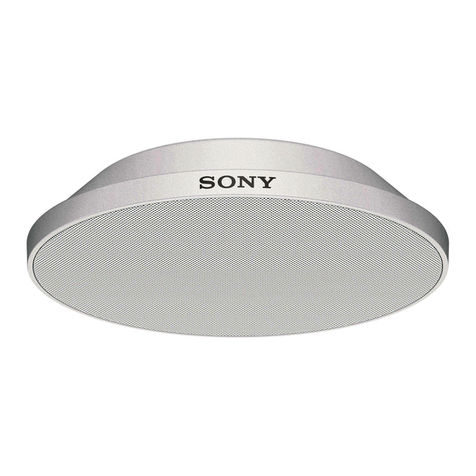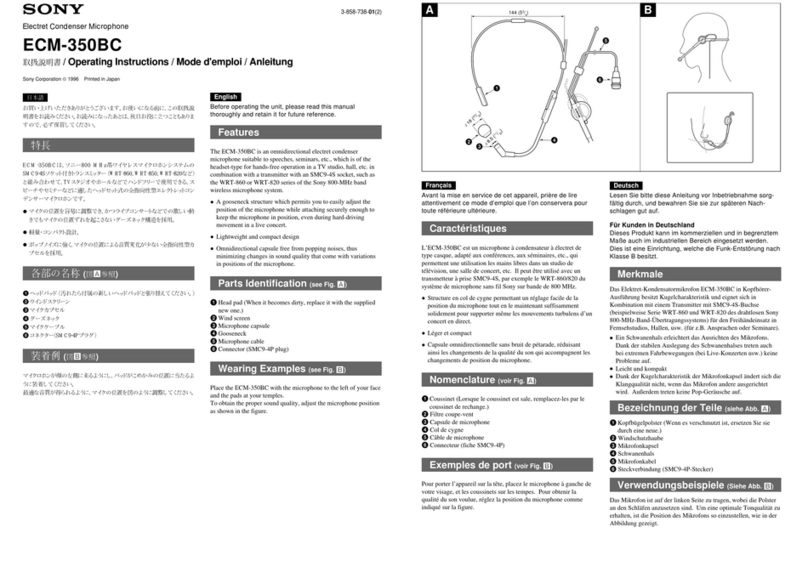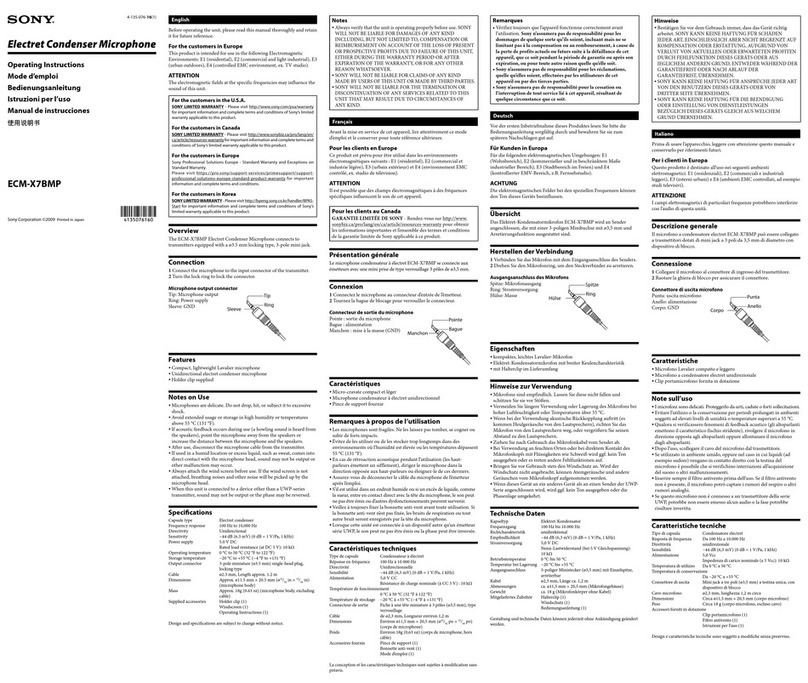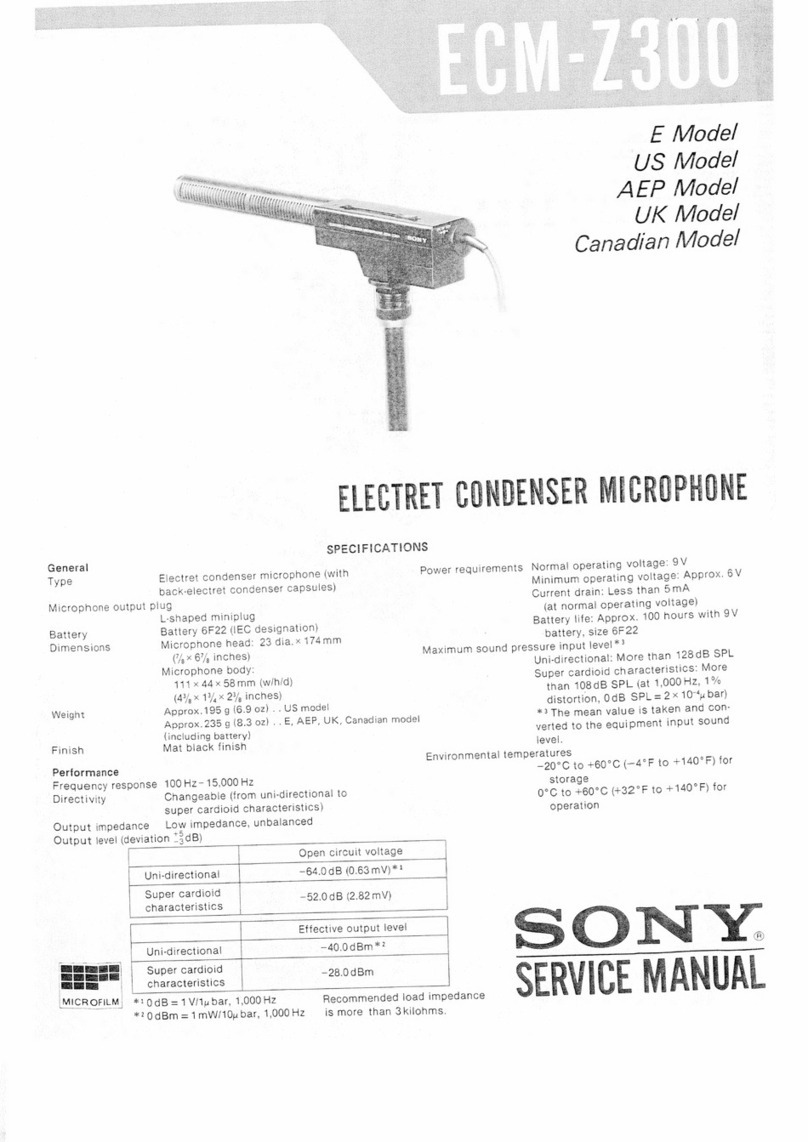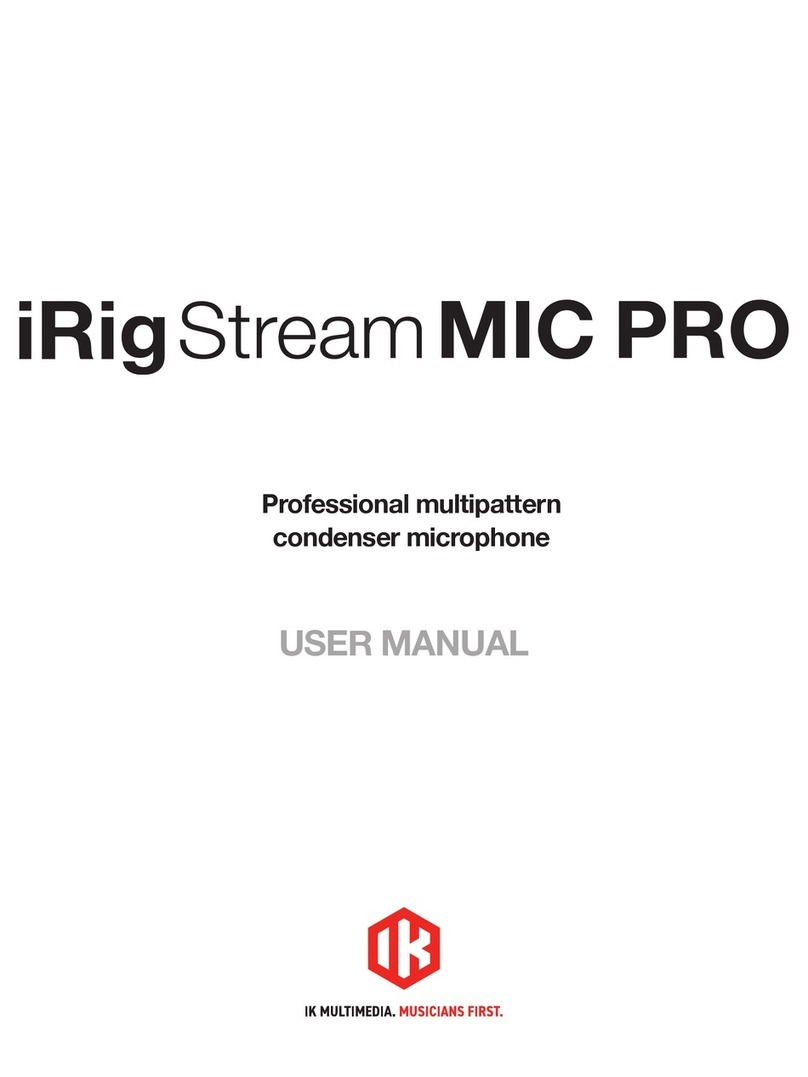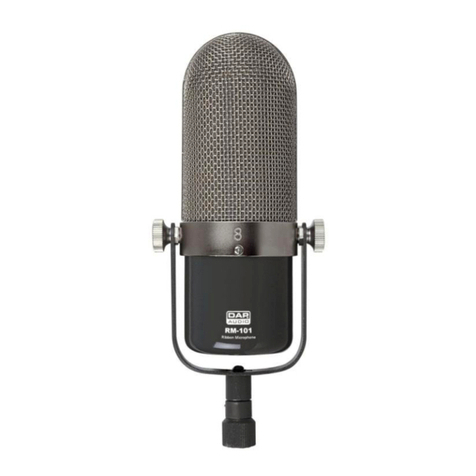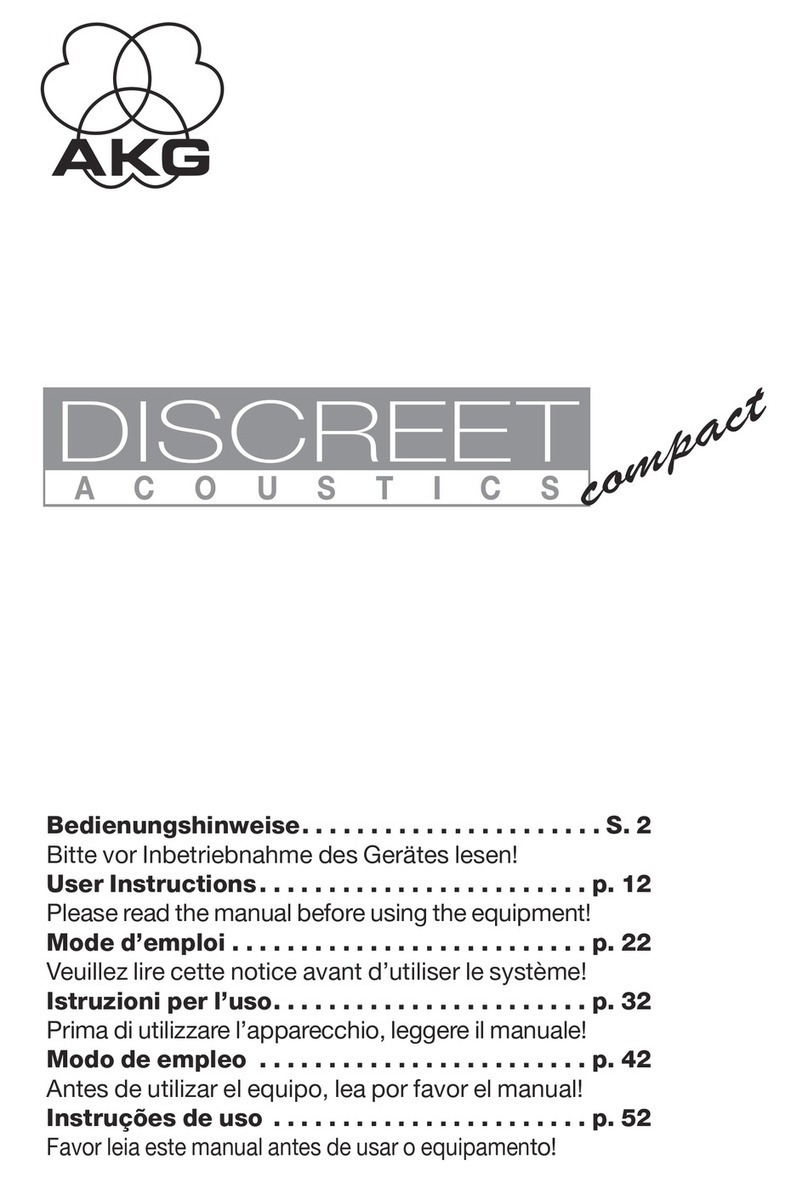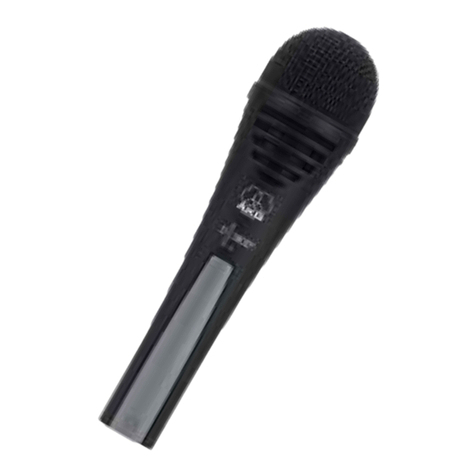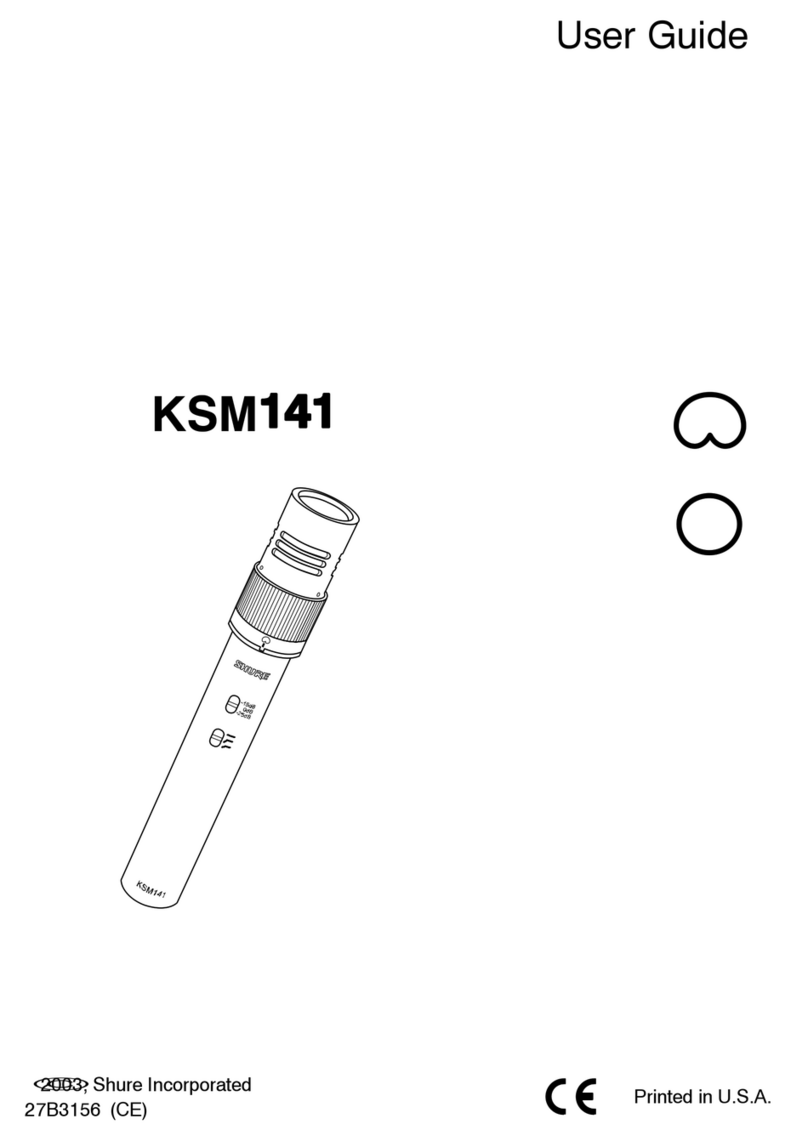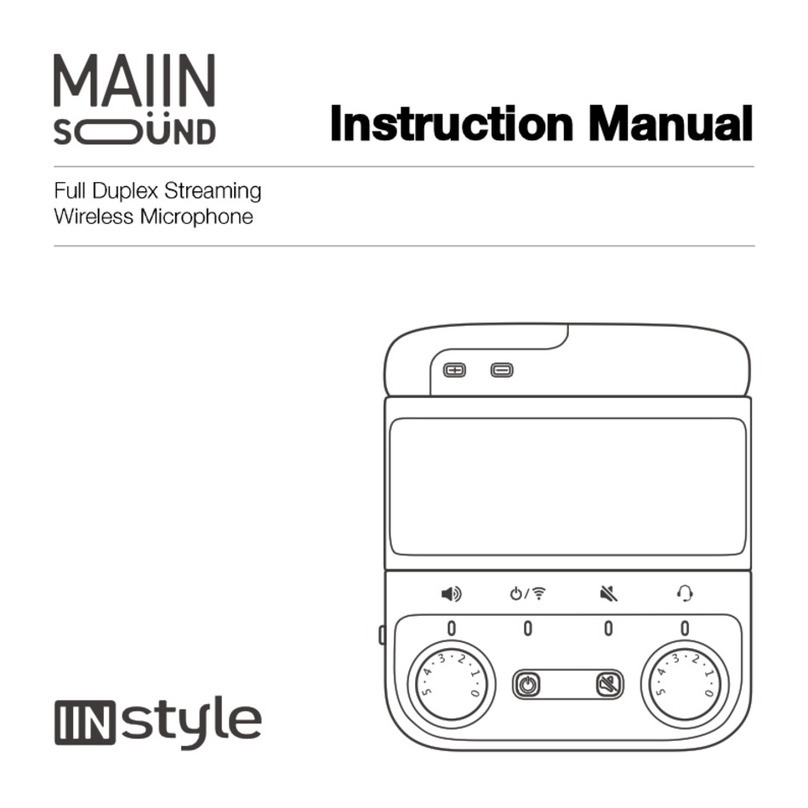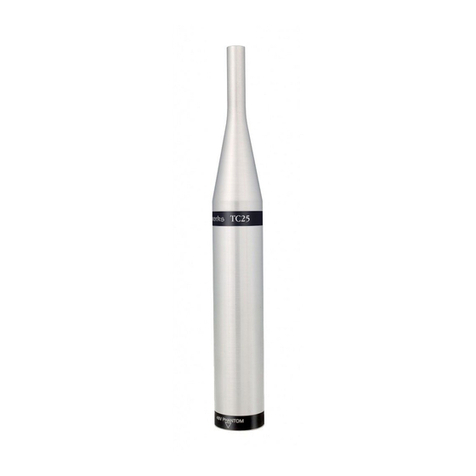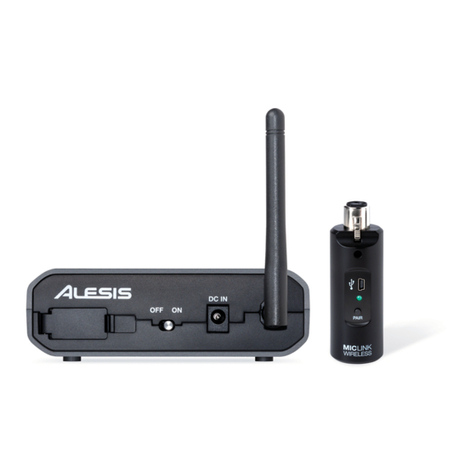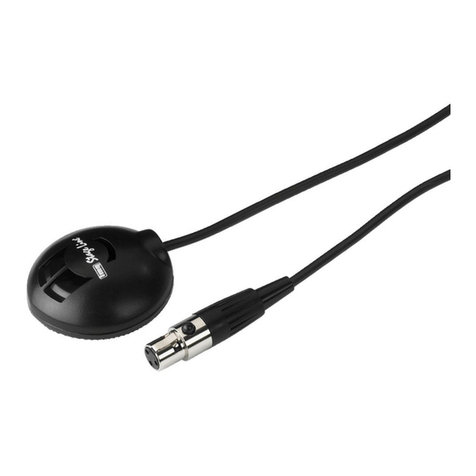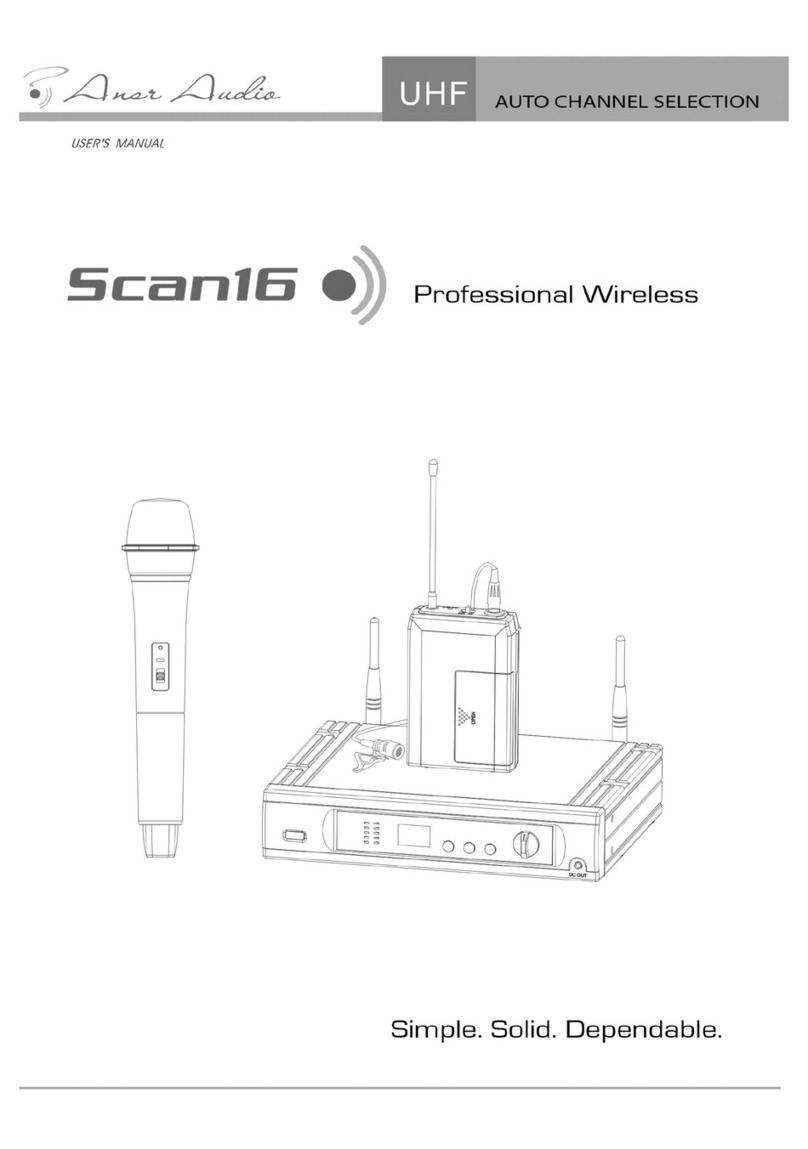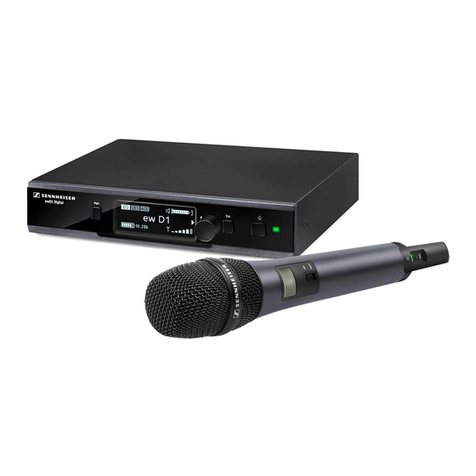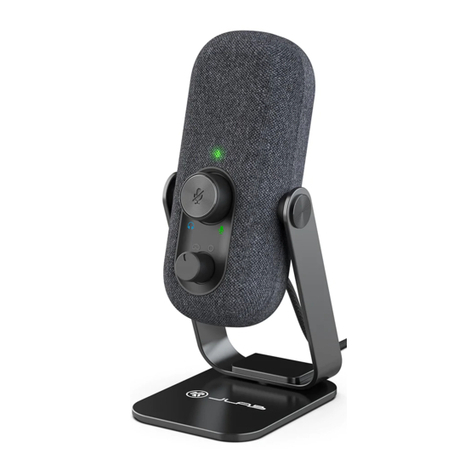
2
Table of Contents
1. Introduction ......................................................................................... 5
2. System Configuration ........................................................................... 6
2.1 Audio capture ...................................................................................... 6
2.2 System configuration examples .............................................................. 7
Connecting to a Dante-compatible digital mixer........................................... 7
Connecting to analog mixers..................................................................... 7
2.3 Example use cases ............................................................................... 8
Small size classroom ............................................................................... 8
Middle size classroom .............................................................................. 8
3. System Design .................................................................................... 10
3.1 Installation........................................................................................ 10
Installation of multiple microphones ........................................................ 10
Installation environment and level of speech reinforcement......................... 10
Recommended installation environment ................................................... 11
3.2 Audio settings.................................................................................... 12
Common for both Main output and Rec output........................................... 13
Main output ......................................................................................... 13
Rec output ........................................................................................... 15
Audio settings and signal processing functions .......................................... 15
3.3 Network............................................................................................ 16
Setup and operation.............................................................................. 16
Dante network...................................................................................... 16
3.4 Network switch .................................................................................. 19
PoE..................................................................................................... 19
Power saving........................................................................................ 19
IGMP snooping ..................................................................................... 19
3.5 Compatible third-party products ........................................................... 20
4. Setup .................................................................................................. 22
4.1 Initial setup....................................................................................... 22
MASM-1 preparation.............................................................................. 22
Dante Controller preparation .................................................................. 24
Initial setup and registration................................................................... 26
Routing of Dante audio .......................................................................... 33
4.2 Calibration ........................................................................................ 36
Preparation .......................................................................................... 36

